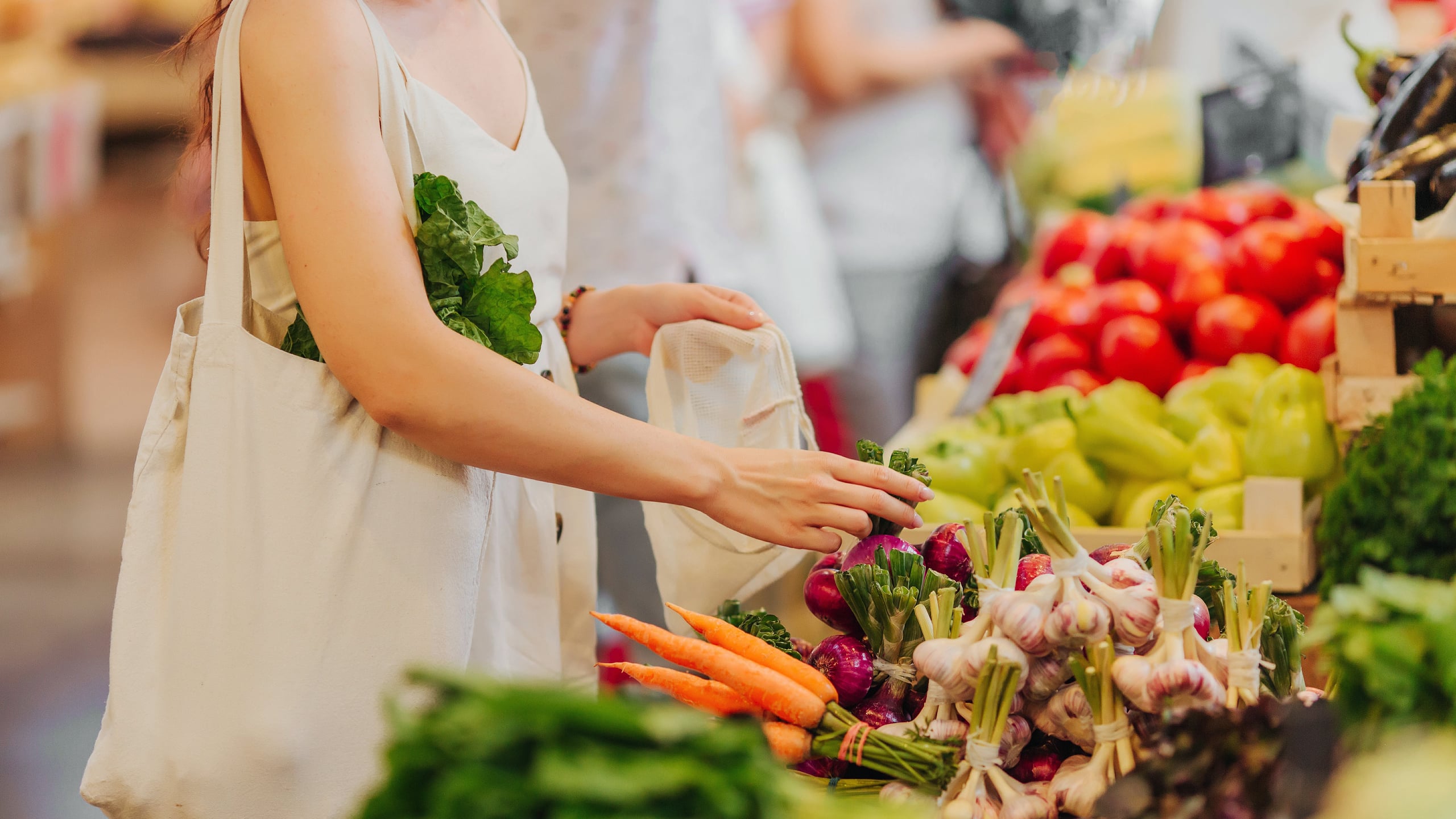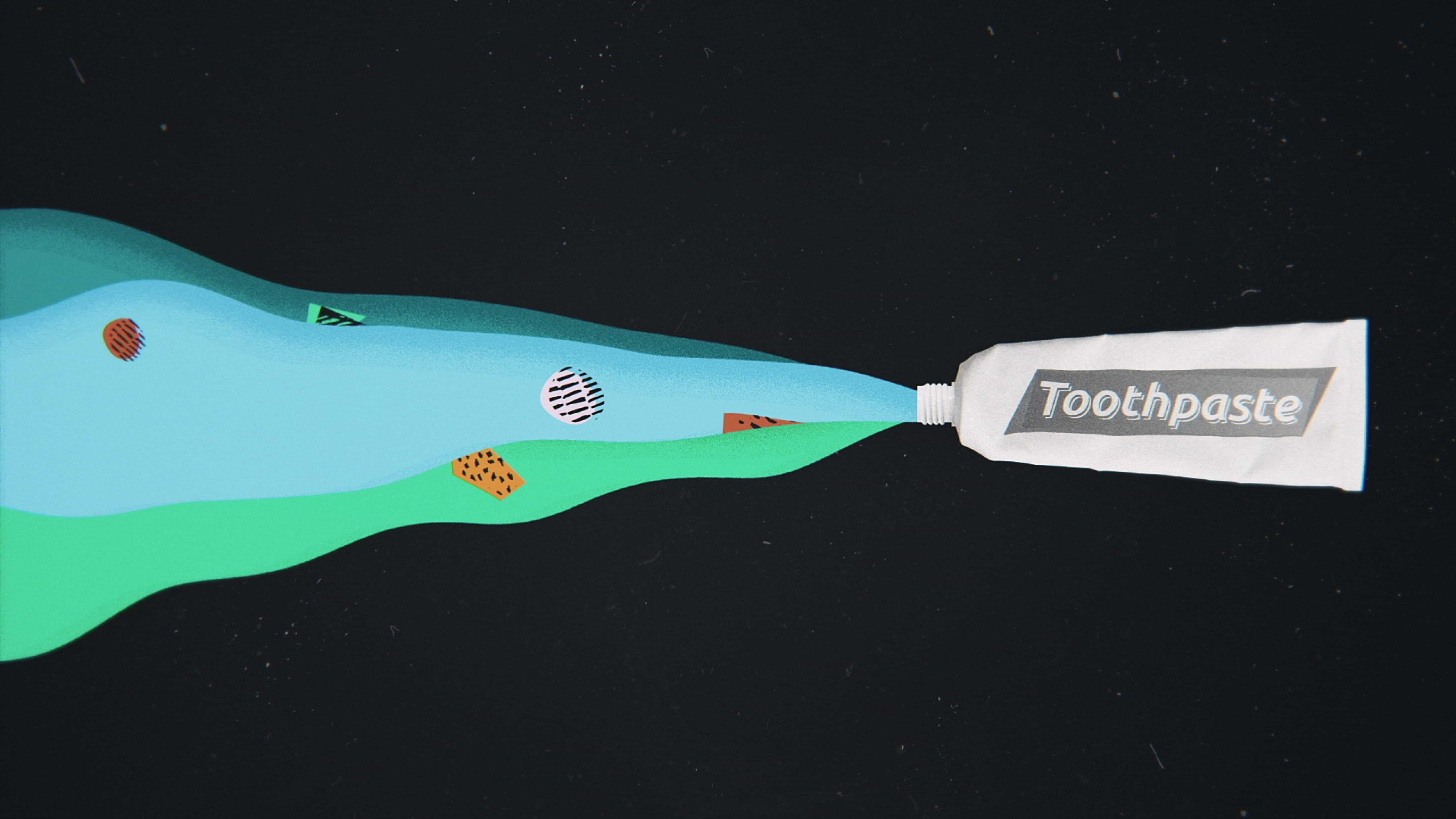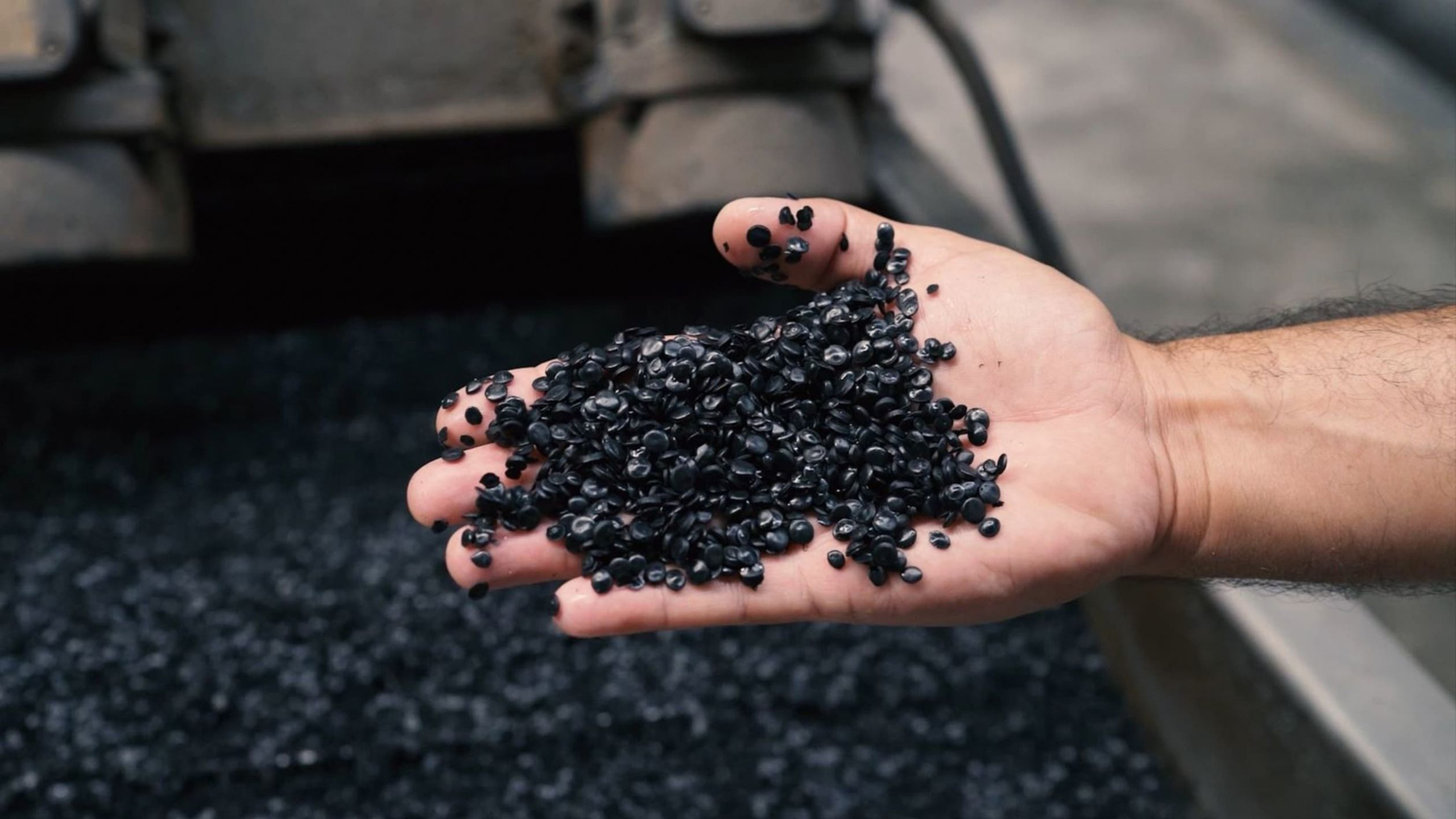Ending the use of single-use plastic
For decades, plastic has made our collective lives much more convenient and safer. Straws, glasses, shopping bags, cutlery, plates, bottles, food containers, cotton swabs, packaging, and wrapping film. These are just some examples of single-use plastic objects that have long been part of our daily life. They are practical and inexpensive.
The comfort that single-use plastics provides carries a remarkably high cost in the long run. These same straws, glasses, shopping bags, cutlery, plates, bottles, food containers, and other objects can go from friends to foes if not correctly disposed of. Much of the single-use plastic is practically indestructible. Besides polluting our ecosystems, single-use plastics contribute to the worsening of global warming.
It is hard for someone to become a zero-waste, 100% plastic-free shopping expert overnight. The good news is that “difficult” is not synonymous with “impossible”. With enthusiasm and our tips, we can get there.
Alternatives to single-use plastics in shopping
Yet, we continue to use too much single-use plastic in our daily lives. Often in a way that is unnecessary and wasteful. Check out some alternatives to single-use plastics:
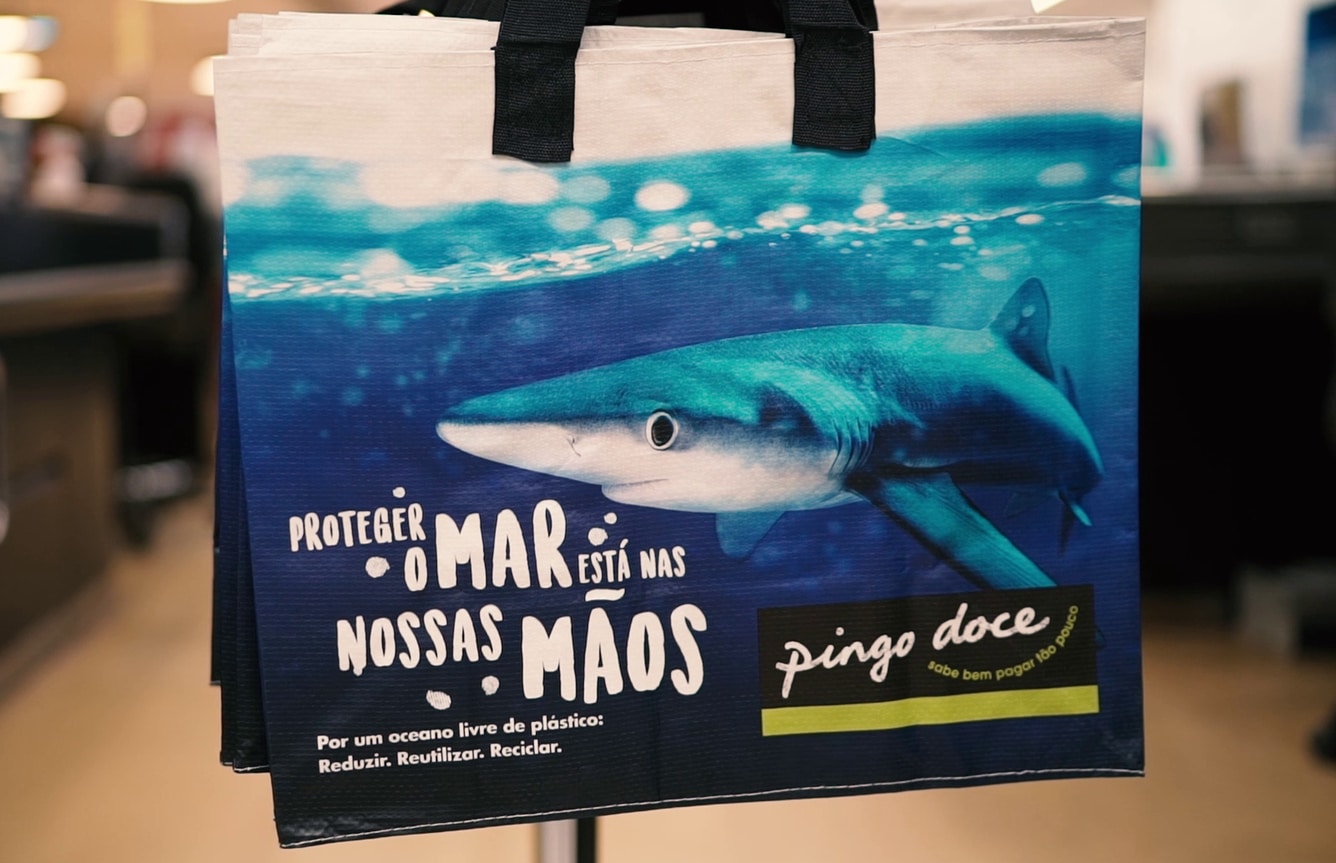
-
Raffia shopping bags
They have existed for many years and have not lost their usefulness or gone out of style. They are sturdy, durable and can be collapsed when not in use. In addition, they have great value for money.
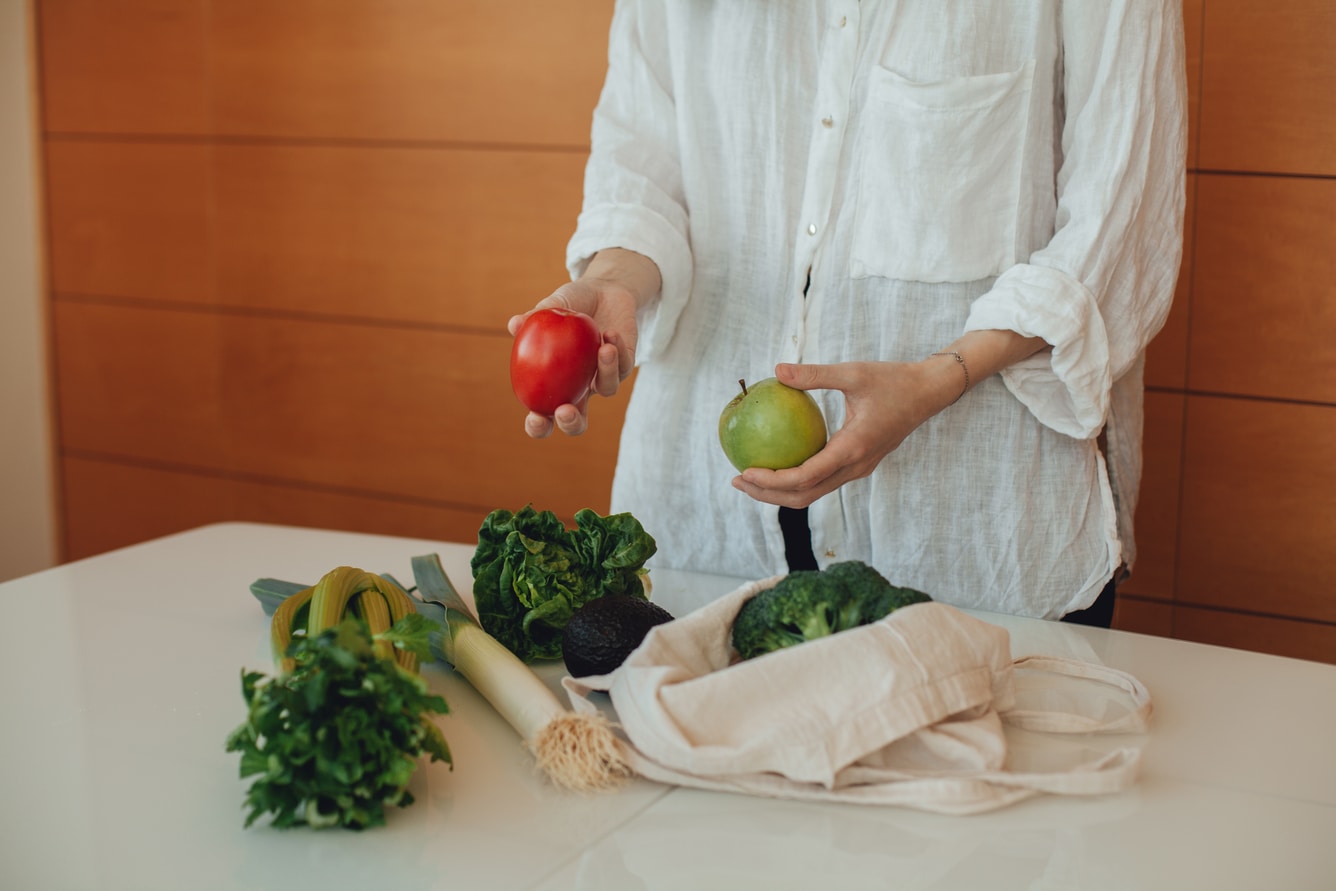
-
Tote and foldable bags
When properly cared for, foldable or tote bags can be used for years and replace many single-use plastic bags. Besides being useful, a nice tote can also be a fashion accessory.
But keep in mind that the water consumption required to produce a cloth bag is significant. It is better to have few and reuse them many times.
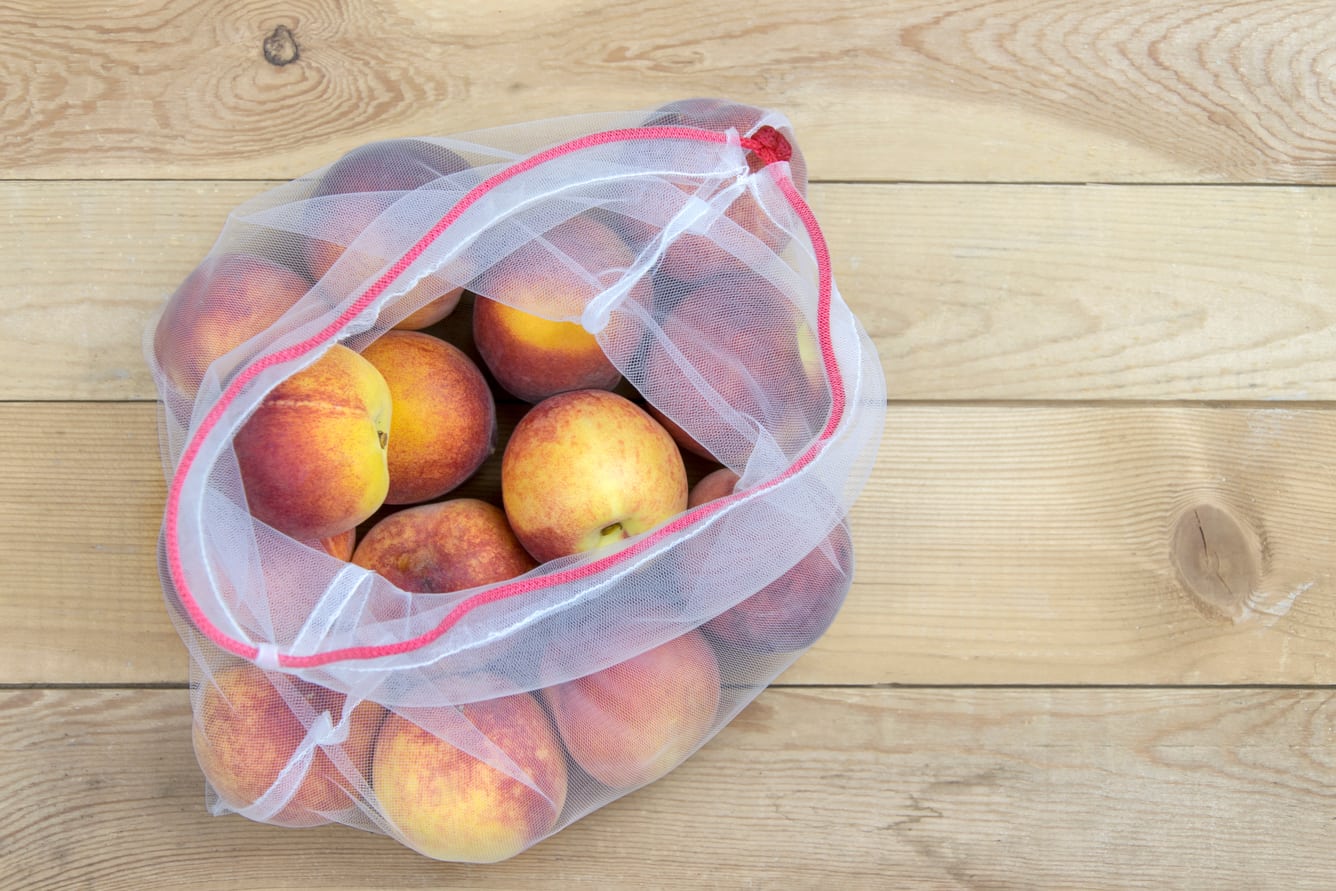
-
Net bags for fruit and vegetables
Reusable, washable and recyclable polyester bags. Pingo Doce has its own, sold in packs of two.
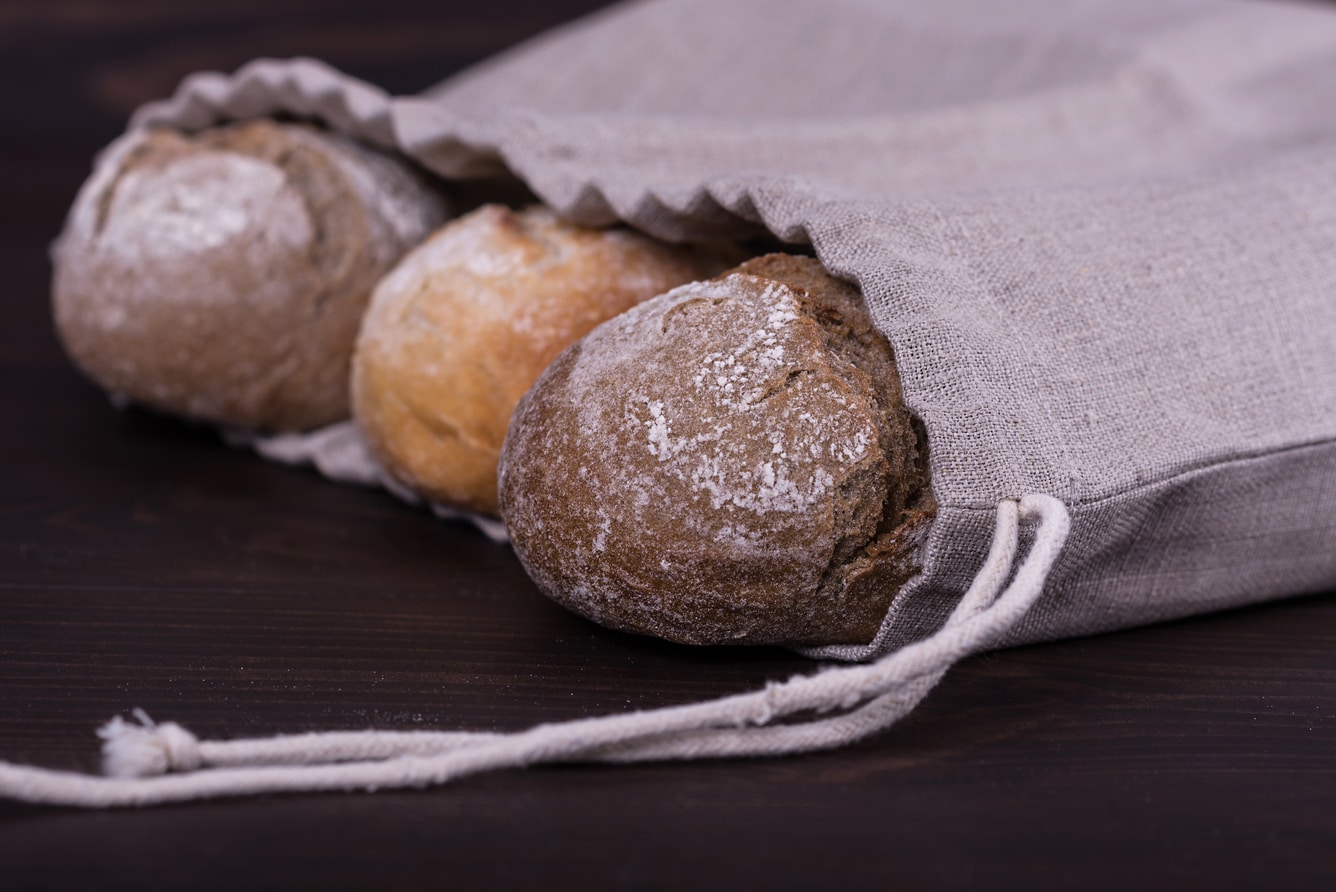
-
Fabric bread bags
Oh, the nostalgia of the kitsch fabric bag, with lovely embroidery, where grandma kept the bread for those delicious after school sandwiches…! Don’t waste any more time and get your hands on a vintage bread bag now.
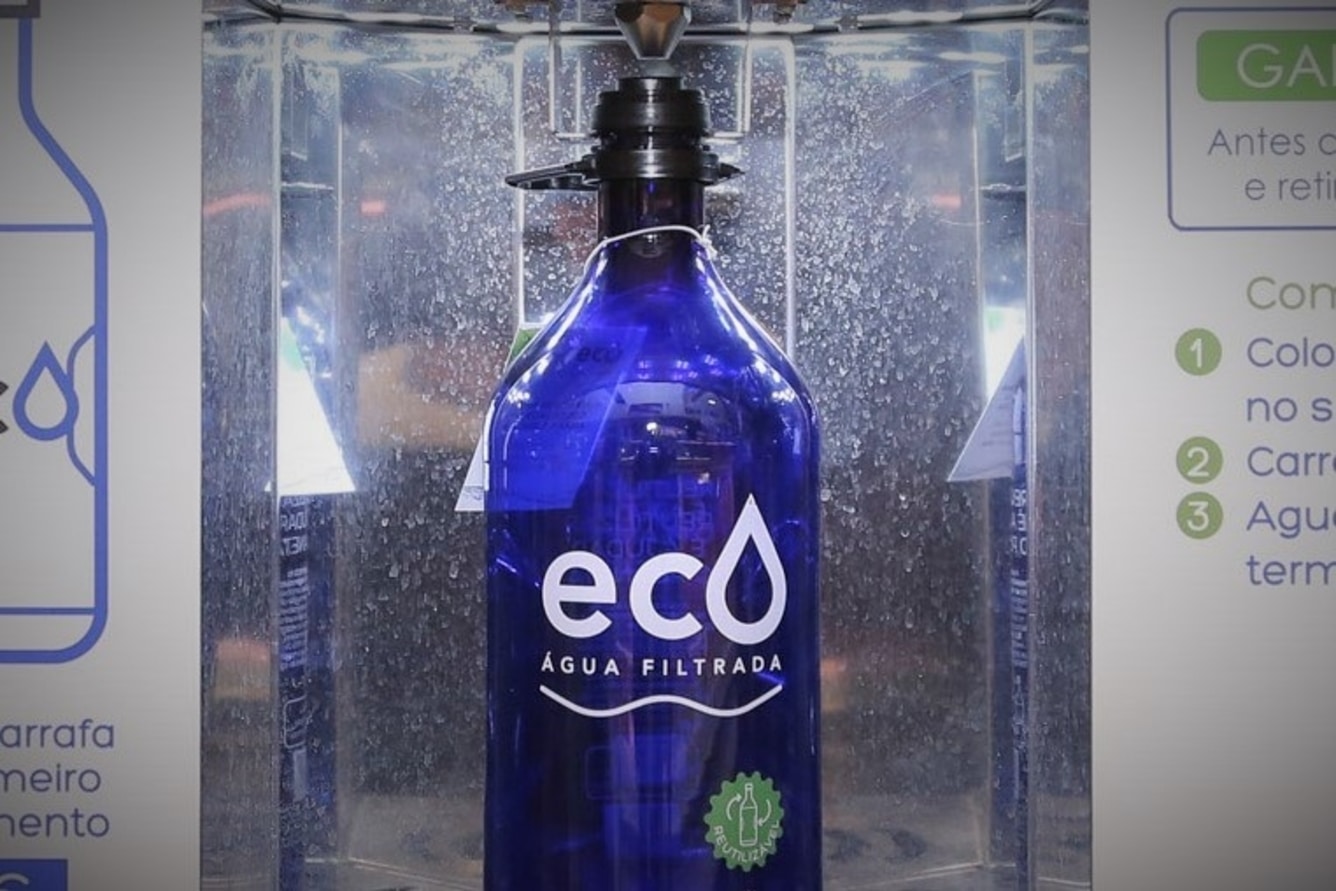
-
Reusable water bottles
If you are not yet familiar with ECO reusable water bottles, run to the nearest Pingo Doce store to learn about this concept. The ECO bottle can be refilled over and over again with filtered water, which is available at stations set up for this purpose.
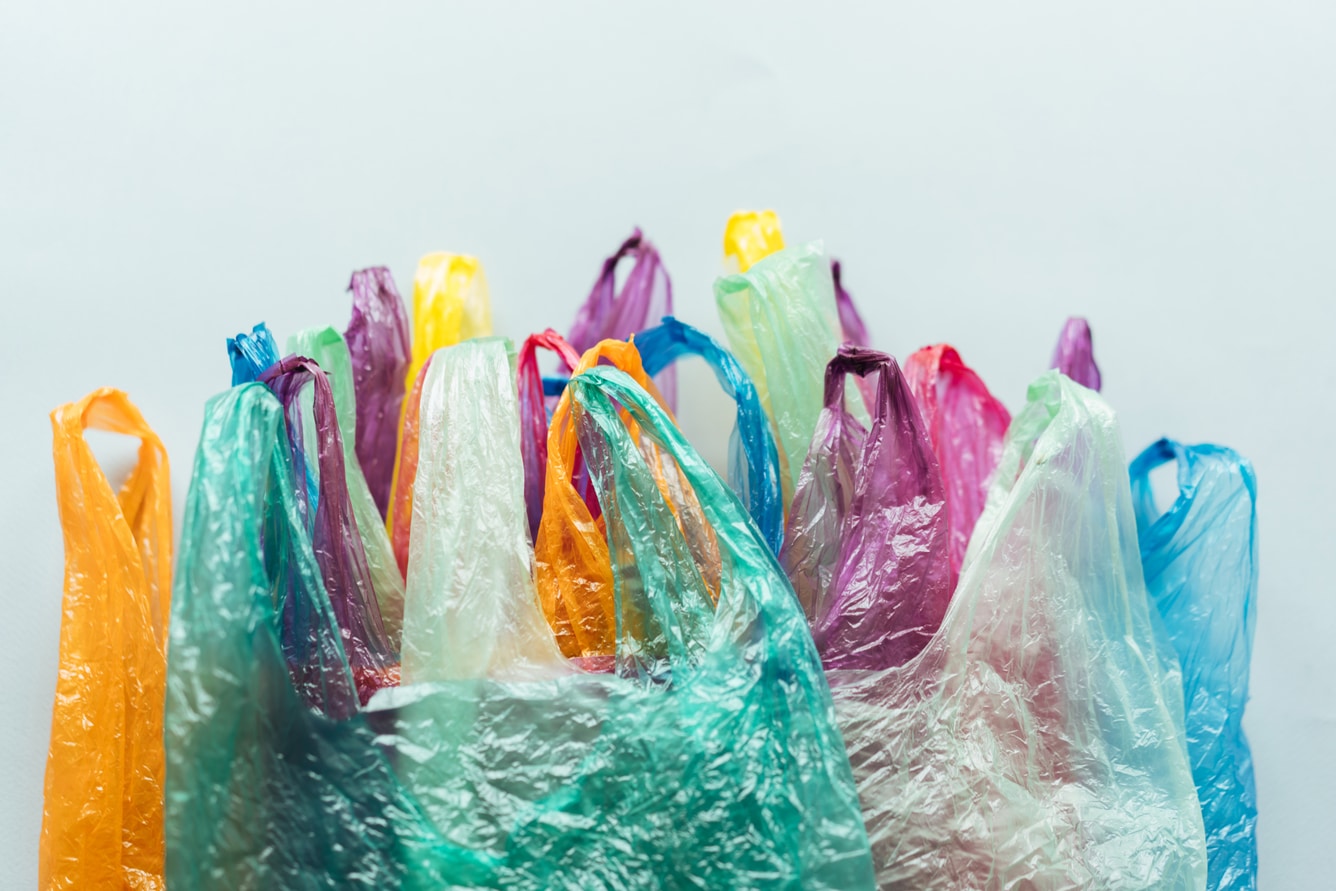
-
Reuse plastic and paper bags
You probably have in your home dozens of plastic and paper bags you brought from your trips to the supermarket. The most environmentally friendly option is to use them until you can no longer – at the end of its life, place the bag in the appropriate recycling container.
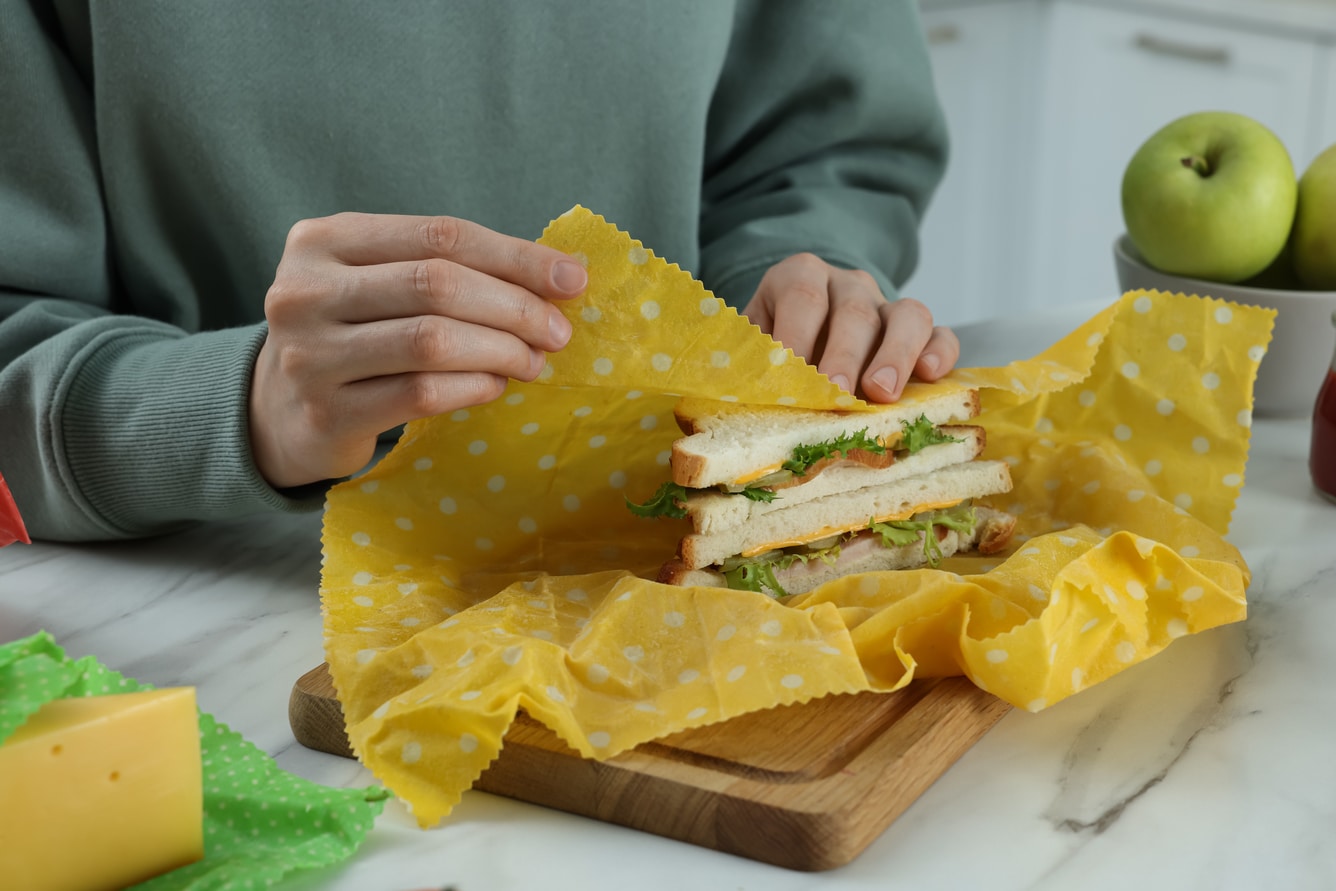
-
Bee’s wrap
It has already wooed the hearts of many environmentally conscious consumers. The bee’s wrap is not (yet) fit for carrying groceries, like a plastic bag, but it is used as a replacement for wrapping film. Use it to wrap and preserve cut fruits, cheese or a sandwich, for example.
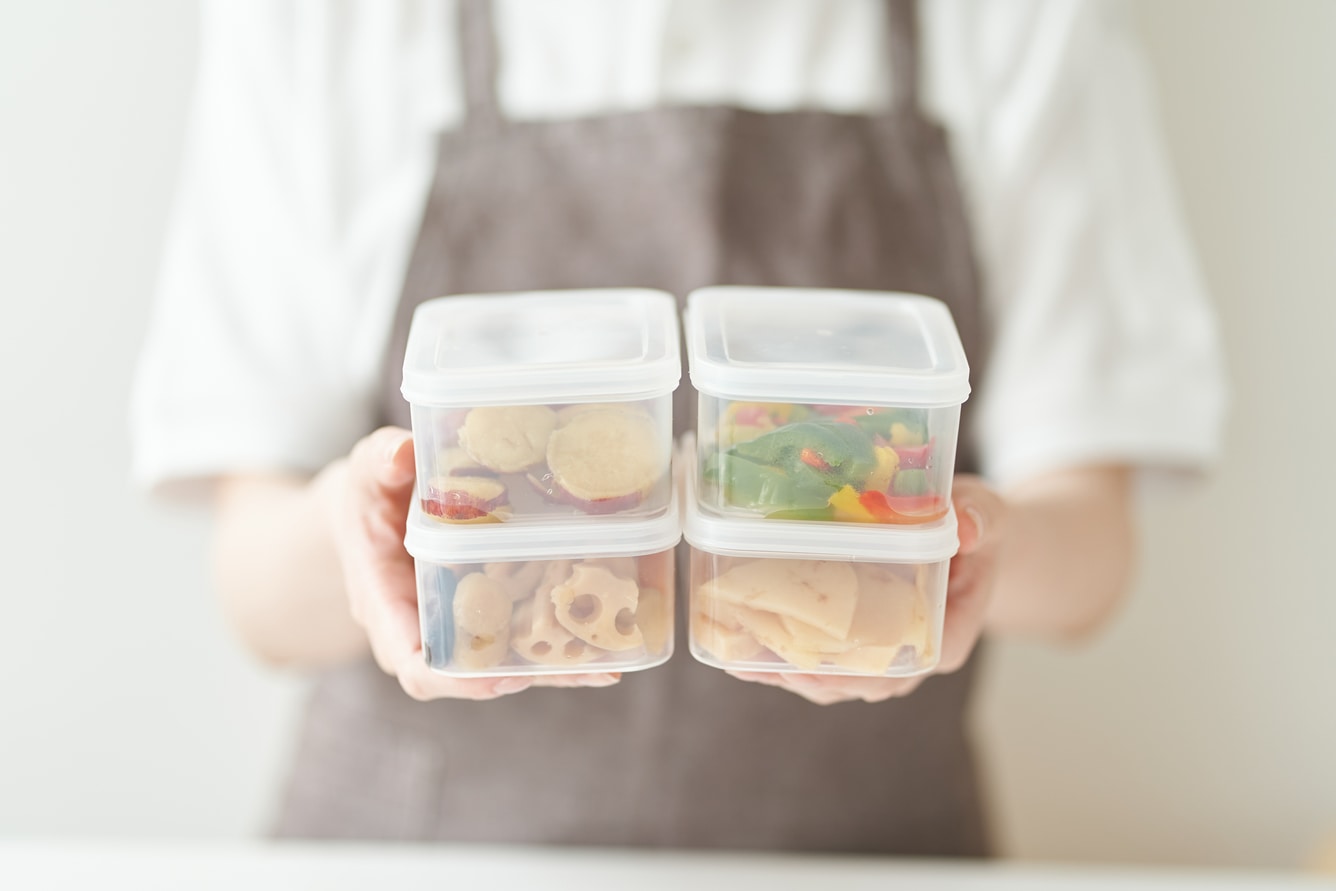
-
Reusable containers
Each customer can now take their own containers to the grocery store when buying food such as meat and fish sold over the counter or ready-made food. Containers must be clean, sanitized and in good condition; to avoid confusion at the check-out, it is best that you use transparent or translucent containers.
Changes that become habits
It is normal to offer some resistance to the change of ingrained habits. To overcome this, the prescription is insistence and patience. And there are little tricks that make it easier to drop single-use plastics.
- Have a reusable bag at the bottom of your wallet or backpack. They are light, compact and do not take up space. They are perfect for that quick – and usually last-minute – trip to the supermarket.
- Always have some raffia bags in the boot of your car. This way, you avoid forgetting bags when you do your monthly shopping.
- If you really have to buy a plastic bag to carry your groceries, prefer the ones made with recycled plastic. They are more durable and can be reused numerous times.
- Make a habit of having a reusable mug or cup, a thermos for coffee or tea, and a reusable bottle of water to refill during the day.
- If you usually get takeaway for lunch, from the next-door restaurant at work, get ahead of your own forgetfulness and keep a reusable container at the office. You’ll avoid single-use plastics and paying for a single-use container at the restaurant.
- At home, store rice, pasta, lentils, beans, grains, and cereals in reusable containers, especially glass. As for the original packaging, sort it and send it to get a new life through recycling.
